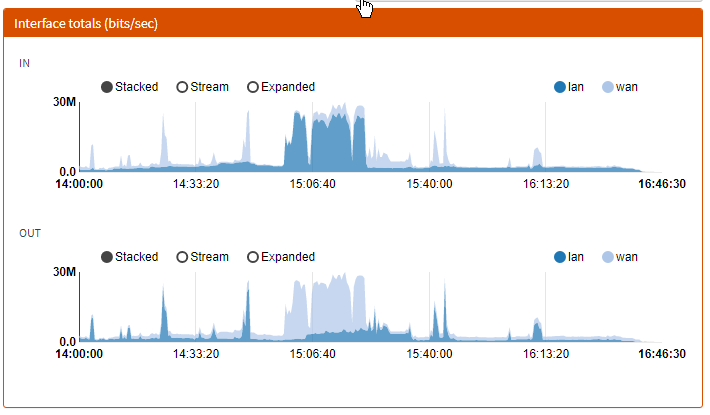-
 chevron_right
chevron_right
Rethinking corporate-issued hardware in a work-from-home world
Sean Gallagher · news.movim.eu / ArsTechnica · Monday, 16 November, 2020 - 14:00

Enlarge / Choose your weapons. (credit: Aurich Lawson / Getty Images)
With many organizations now having a significant portion of staff working remotely—and as things are looking, this is going to be the longterm reality—the old model of how companies support a "mobile" workforce is not exactly holding up well.
I've already covered some of the issues related to having a home-based workforce in previous articles in this series. Some companies are now giving employees an allowance to upgrade their home office to something more suitable for longterm habitation. And we've already gone over the network security and architecture challenges that come into play as well.
But as we push closer to a full year of full- or part-time home work with no end in sight, the old model for what is considered "mobile worker" support on the hardware front is starting to show some serious gaps.




